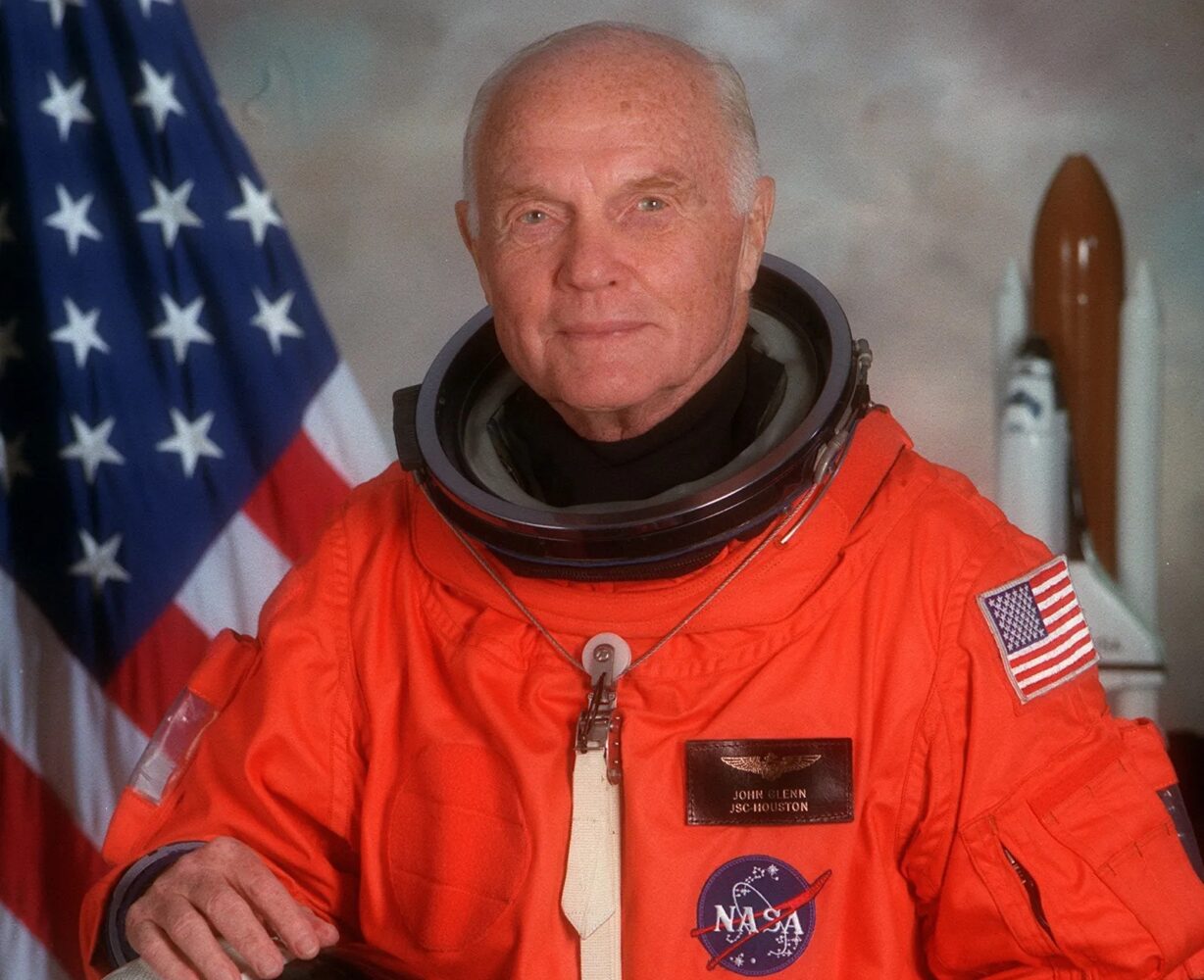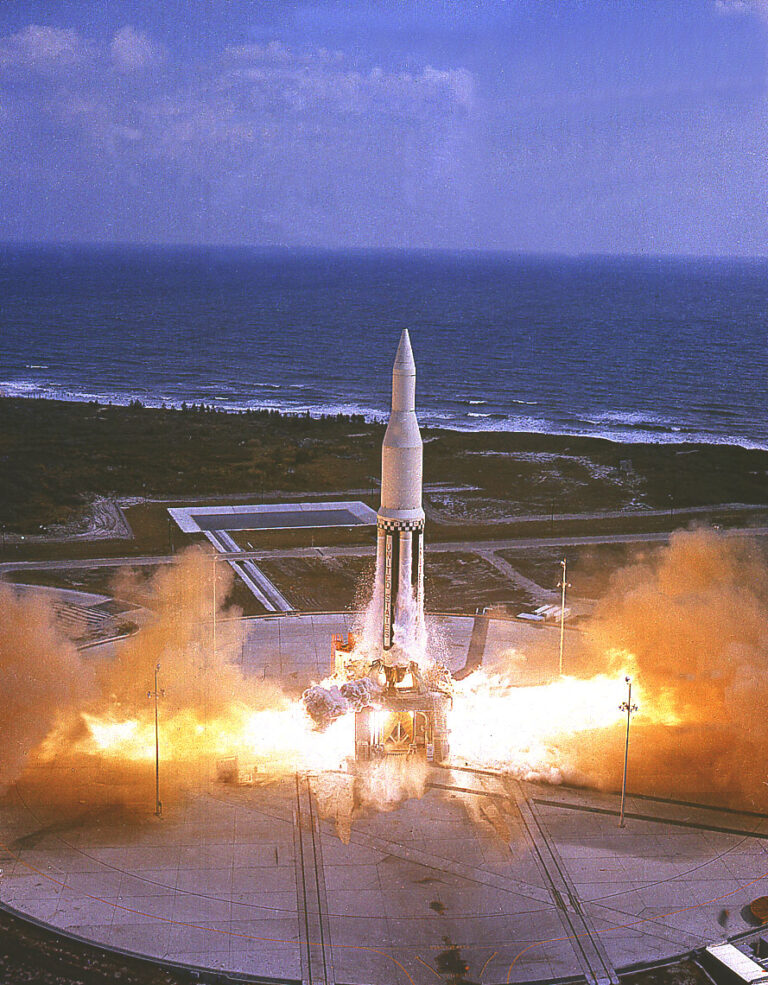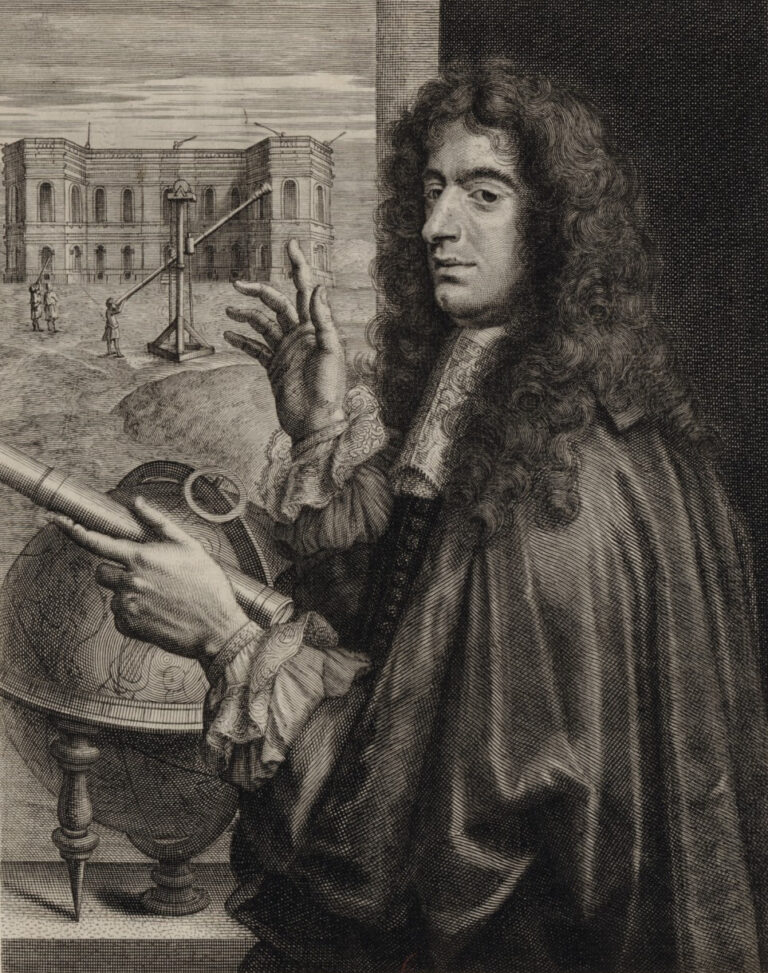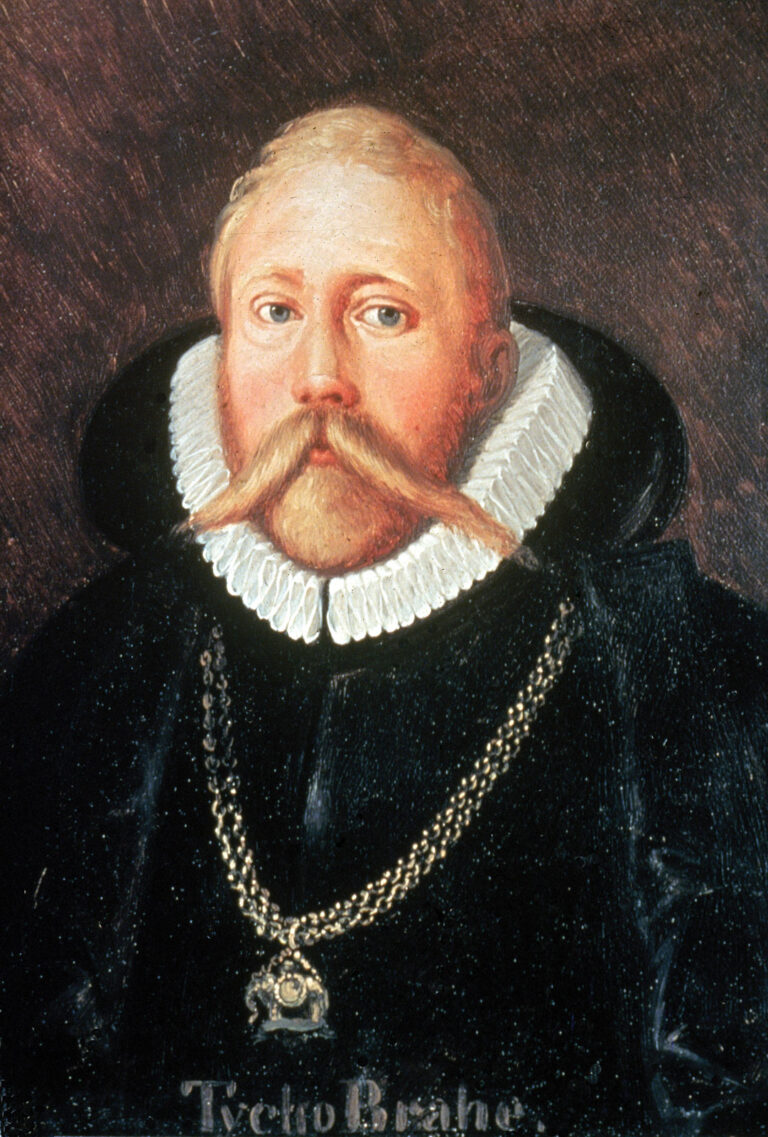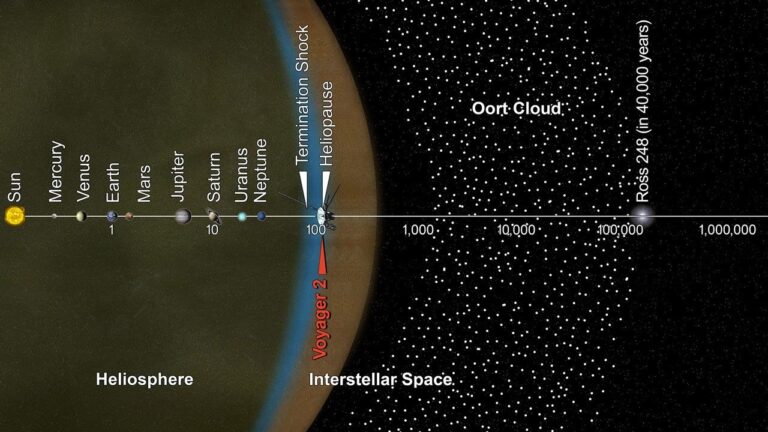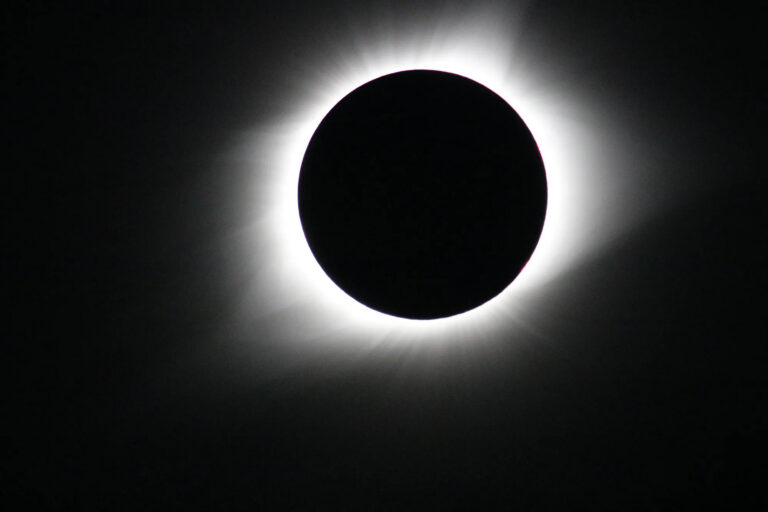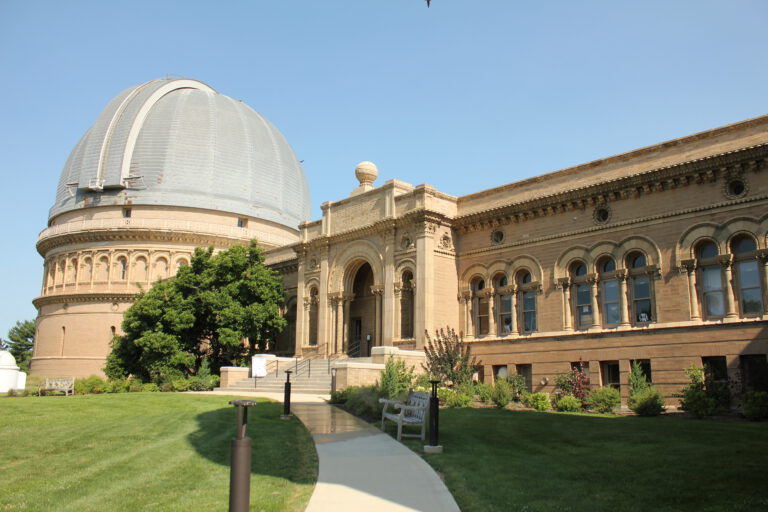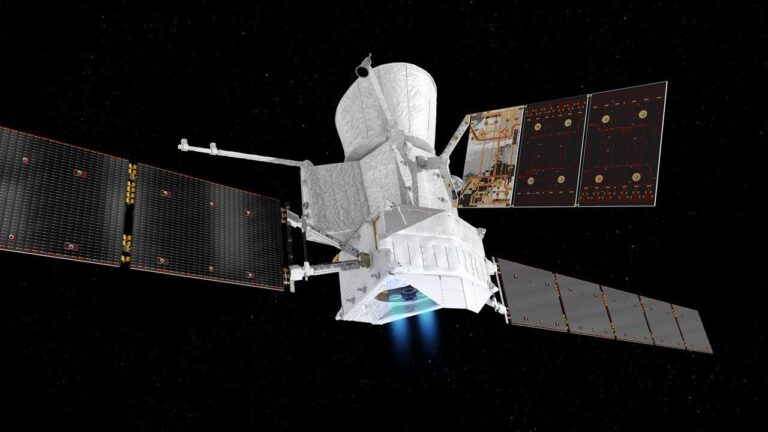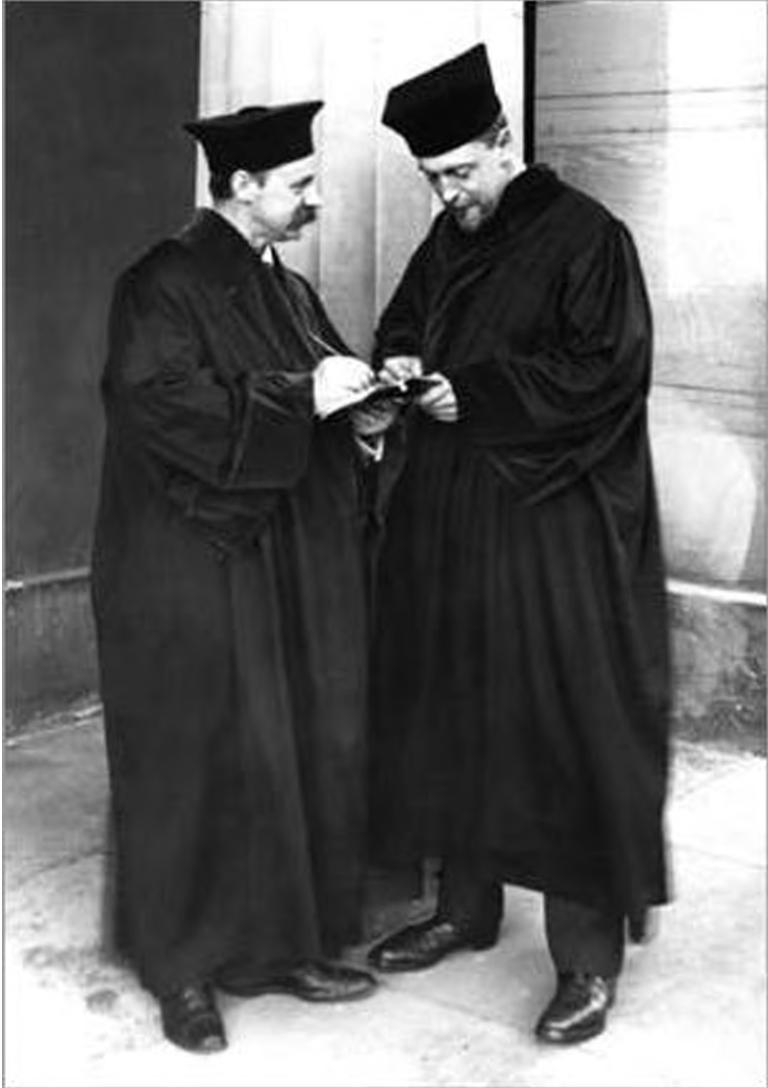
Key Takeaways:
- Ejnar Hertzsprung (b. 1873) initially trained as a chemical engineer before commencing his significant astronomical work in 1901.
- He independently identified the distinct dwarf and giant stellar sequences, publishing these findings in 1905 and 1907.
- During World War I, Hertzsprung managed observatory operations and notably improved techniques for photographing double stars, leading to extensive cataloging.
- Later serving as Director of Leiden University (1935-1944), he is predominantly recognized for his foundational contributions to the development of the Hertzsprung-Russell diagram.
On Oct. 8, 1873, Ejnar Hertzsprung was born near Copenhagen, Denmark. His father had studied astronomy and worked in finance, and Hertzsprung himself showed interest in astronomy and math, but pursued a degree in chemical engineering. After graduating from the Polytechnical Institute in Copenhagen, he worked as a chemist in St. Petersburg, Russia, and went on to study photochemistry in Leipzig, Germany. It was upon Hertzsprung’s return to Copenhagen in 1901 that he began seriously pursuing astronomy, publishing papers in 1905 and 1907 revealing his discovery of the dwarf and giant sequences of stars. By 1909, he began work with German physicist Karl Schwarzschild, first at Gottingen Observatory and then Potsdam Observatory. When World War I meant most of the observatory staff was away for military service – including Schwarzschild – Hertzsprung took charge of nearly all the telescopes. His improvements to the techniques for photographing double stars allowed for extensive measurements and cataloging. After the war and Schwarzschild’s death, Hertzsprung left Germany for Leiden University in the Netherlands; in 1935, he became director there, a position he would hold until his retirement in 1944. A pioneer in classification, Hertzsprung is best known for his part in the development of the Hertzsprung-Russell diagram, which charts stars by their magnitude and color.

